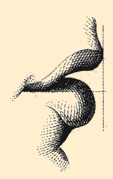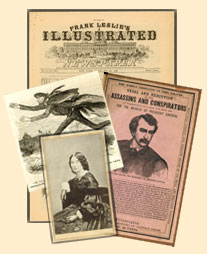
THE investigation of the Chicago Historical Society's cloak is generating new historical and scientific evidence. How do we weigh this evidence to decide whether or not the cloak was wet with Lincoln's blood?
Suppose that mitochondrial DNA extraction techniques required only a microscopic specimen of blood or hair -- which artifact should the investigators sample for a Lincoln reference profile?
How does the provenance of the Chicago Historical Society's Lincoln relics compare with the historical assassination record?
There are conflicting versions of the sequence of events. Whose testimony can be believed? The sentimentalism and sensationalism of the Civil War era must be taken into account when evaluating published accounts of the tragedy. The reliability of primary sources, including original eyewitness testimony, letters, or memoirs, must also be assessed.
Was the informant in a position to know what happened?
Firsthand testimony carries more weight, although hearsay from well-placed informants can be valuable.
How specific is the information?
Specific details lend credence to recalled memories, although vagueness is normal and can be expected.
Is the informant generally reliable?
A reputation for honesty and reliability is a strong endorsement for witness testimony.
What are the known prejudices of the informant?
Why might a witness be biased, and what information might have been withheld?
What does the preponderance of evidence suggest?
Where does the weight of the evidence lie when there are conflicting versions of events? (WILSON 10)



Are the stories of people who collected the assassination relics believable?
Historian Douglas Wilson has proposed a set of criteria for evaluating the testimony of Lincoln's contemporaries:

